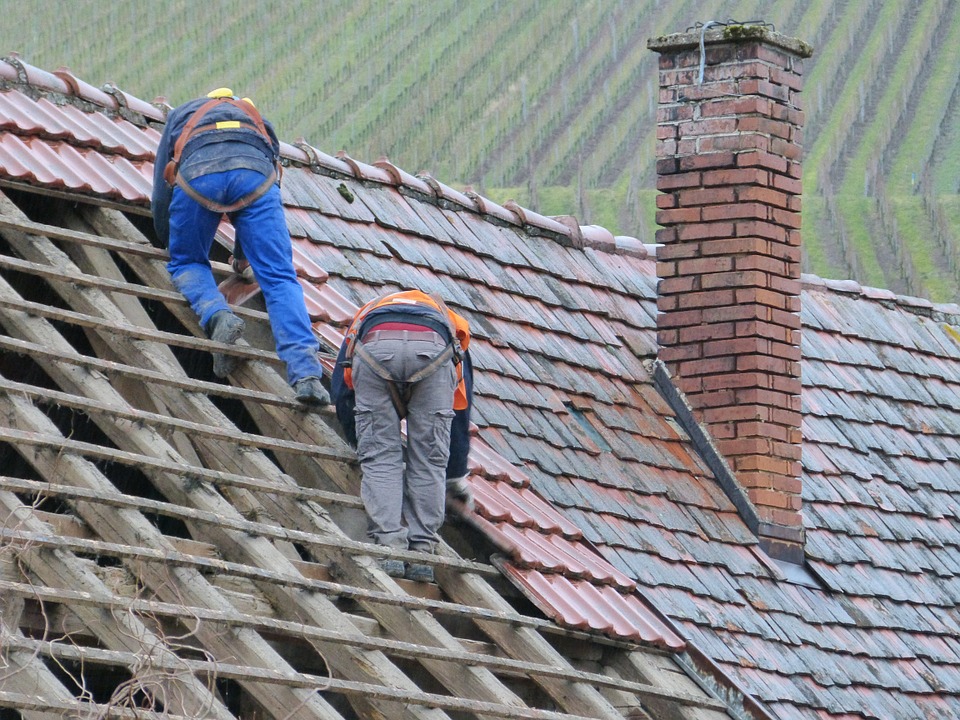Just How to Examine Various Roofing Options for Your Building Needs
Evaluating roof choices for your building requires a detailed strategy that considers various elements such as the meant use the structure, regional climate conditions, and material qualities. It is essential to consider the advantages and disadvantages of various roofing kinds, from asphalt tiles to steel and clay ceramic tiles, while additionally factoring in preliminary costs and lasting maintenance. In addition, recognizing energy performance and visual charm can influence your choice. As you contemplate these considerations, one question continues to be: which aspects will inevitably assist your option for a sustainable and visually pleasing roofing option?
Analyzing Your Building's Requirements
To effectively review roofing choices, begin by extensively evaluating your structure's requirements. Start by taking into consideration the building's meant usage, as different frameworks might necessitate varying roofing specs. For example, domestic roofs typically focus on visual appeals and insulation, while commercial buildings may concentrate on sturdiness and load-bearing ability.
Next, review the regional environment problems that will certainly impact roofing performance. Aspects such as temperature level variations, rainfall degrees, and wind patterns can influence material choice and style. A roof covering system that masters a pleasant environment may not perform too in locations prone to hefty snowfall or severe warm.
Additionally, assess the structural honesty of your building. Ensure that the existing structure can support the selected roofing materials, specifically if considering much heavier options. It is likewise crucial to review any neighborhood building ordinance or guidelines that might dictate details demands for roofing systems.

Contrasting Roof Covering Products
Once an extensive evaluation of your structure's demands has actually been finished, the next action entails contrasting different roofing materials. Each product offers unique benefits and drawbacks, making it necessary to align your choice with your details requirements and scenarios.
Asphalt shingles are extensively identified for their price and simplicity of installation, making them a preferred alternative for residential structures. On the other hand, steel roof, understood for its toughness and longevity, can stand up to harsh weather condition conditions however may include a higher preliminary financial investment.
Clay and concrete tiles provide outstanding thermal insulation and visual charm, especially for Mediterranean-style architecture, yet they need a more durable structural assistance because of their weight. Wood drinks offer an all-natural appearance and excellent insulation homes yet may require a lot more maintenance and are prone to fire threats.
Assessing Price and Budget Plan
Assessing your roof choices requires a cautious assessment of cost and budget factors to consider. The total allocate a roof job makes up a number of aspects, including product expenses, labor costs, maintenance, and prospective long-term financial savings. It is vital to establish a clear budget before discovering details roof covering materials, as this will guide the decision-making procedure and help you avoid overspending.
Begin by obtaining quotes from several contractors to understand labor costs in your region. Make certain that these estimates include all essential solutions, such as elimination of the old roof, installation, and any kind of added attributes, like insulation or air flow improvements - Perrysburg Roofer. Next off, analyze the cost of different roof covering products, thinking about both initial installation expenses and expected lifespan

Understanding Energy Efficiency
Energy performance plays an important duty in the choice of roof covering materials and systems, significantly influencing both power consumption and overall comfort within a building. A well-chosen roofing system can enhance thermal performance, decreasing the need for home heating and cooling down systems, which subsequently decreases power expenses and decreases ecological impact.
When evaluating roof choices, think about materials that show rather see post than take in warm. Additionally, correct insulation and air flow are necessary to enhance the energy performance of the whole roof system.
Another vital variable is the roof covering system's durability and maintenance needs. Long lasting materials that call for less frequent replacement contribute to lasting energy financial savings. The power efficiency of a roof covering system can likewise be assessed with its compliance with recognized sustainability rankings such as ENERGY CELEBRITY or LEED.
Taking Into Consideration Aesthetic Charm
A roofing's visual appeal considerably influences the overall appearance of a structure, complementing its building design and boosting aesthetic allure. Sylvania Roofing Contractor. When reviewing roof alternatives, it is necessary to consider how the selected product, shade, and style will certainly integrate with the existing framework and community. A properly designed roofing can boost also the simplest of structures, changing them into visual centerpieces
Various roof covering products supply various aesthetic high qualities. description As an example, traditional shingles may evoke a classic beauty, while steel roof can impart a modern-day, smooth appearance. Furthermore, the color of the roofing material plays a crucial role; lighter tones can make a building appear more spacious, while darker tones might produce a cozier setting.
In addition, building aspects, such as dormers and eaves, can improve the roofing's aesthetic effect. It is suggested to speak with professional developers or designers to guarantee the selected roofing alternative lines up with the overall layout intent. Inevitably, a roof needs to not just provide functional advantages however also add positively to the structure's aesthetic, showing the proprietor's preference imp source and the character of the surrounding setting.
Conclusion
